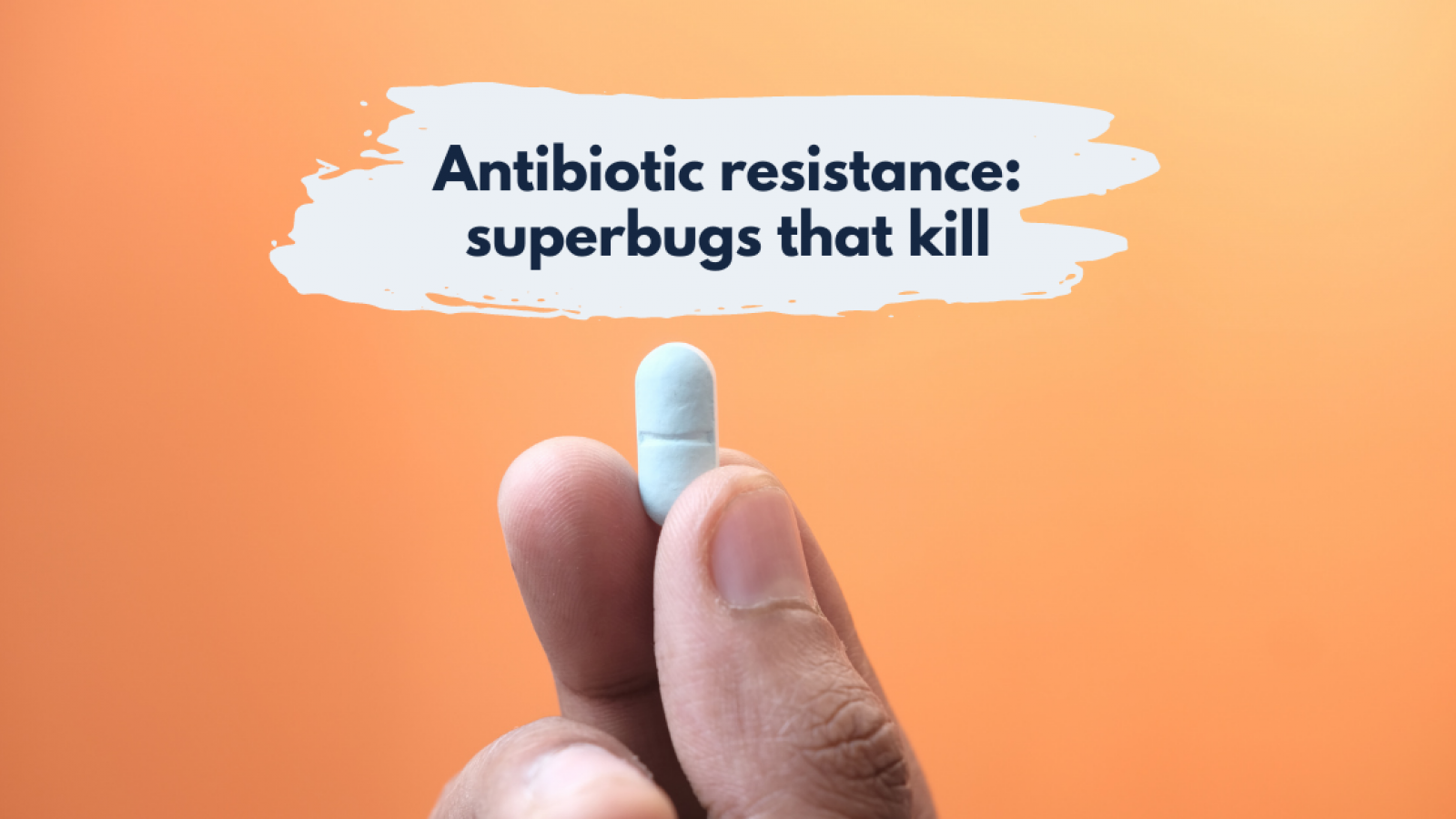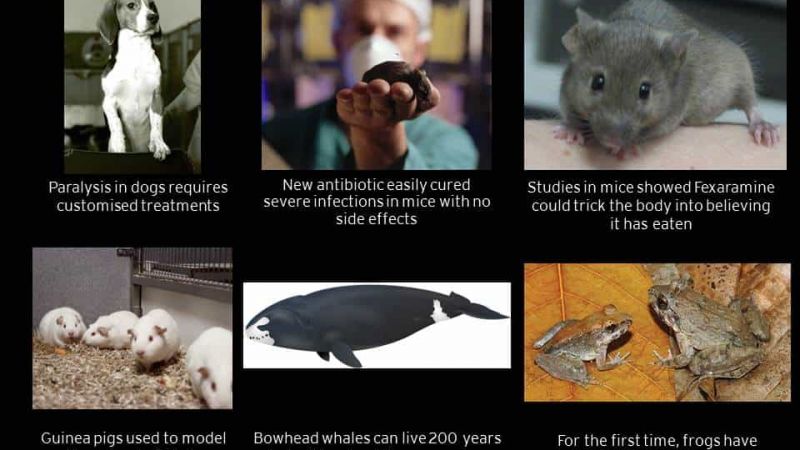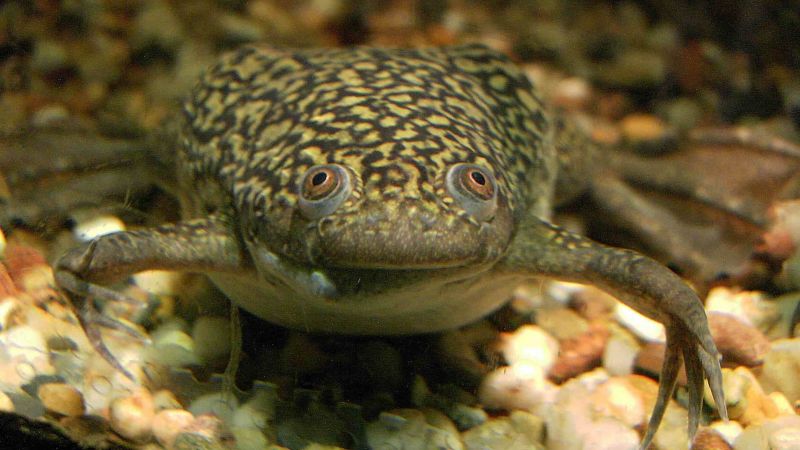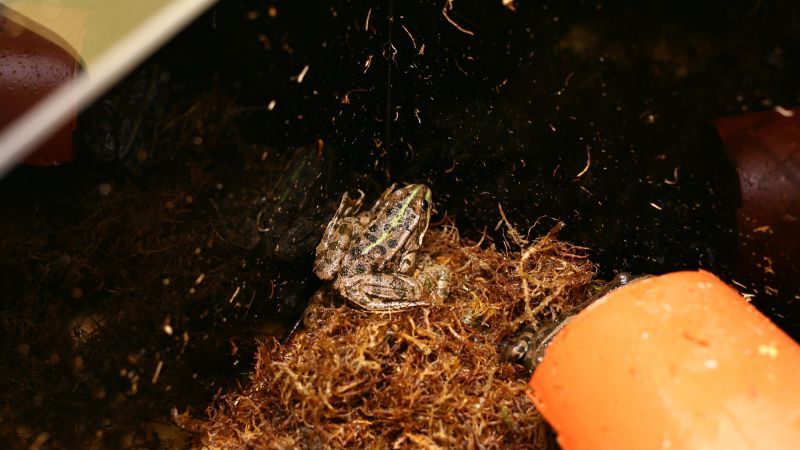Bacterial disease has plagued human life for as long as we have existed. Millions were, and still are, killed by these pathogens. For a long time, humans were helpless against these microscopic attacks. Antibiotics revolutionised modern medicine, as the first tool to fight bacteria.
In 1928, Alexander Flemming inadvertently came across the first bacteria-killing compound - penicillin. Still today, it is one of many antibiotics that safeguard humans against the microbial world. But our protection is fading.
Over the last century, our excessive use of antibiotics has driven bacteria to develop resistance. Some drugs have become totally useless against resistant pathogens. Today, drug-resistant bacteria cause around 700,000 annual deaths worldwide.
Bacteria have consistently found ways to bypass every new drug manufactured. The more we use a drug inappropriately, the more likely this resistance develops quickly. If these multi-resistant bacteria continue to grow and expand, it will become increasingly difficult to control infections. We will be left defenceless against diseases that we treat today in only a few days. The consequences will be brutal, both for humans and the animals under our care. It will become more and more difficult to maintain general good health and welfare.
To avoid this happening, worldwide, coordinated policies have been put in place. The priority is to reduce infection, keep drugs working, tackle the misuse of antimicrobials and develop alternatives. It is important that everyone involved is aware of the issue and the solutions at hand.
Efforts have too often focused on antimicrobial misuse in human infections. Animals, plants and the environment are frequently left out of the picture. But they vastly contribute to antibiotic resistance. Many bacteria observed in animals can cause disease in humans. Many antibiotics important for human health are also used in animals. And resistant microorganisms can be passed on from animals to humans.
In fact, more antibiotics are consumed by farm animals than by humans. Farmers use them to promote growth and prevent disease. It is a complex problem that involves many factors including animal health.
While such complexity creates many challenges, everyone can do their bit. As such farmers and vets are just as much a part of the solution as doctors are. They should ideally do what is best for the animal, while reducing the risk of antimicrobial resistance. This means using the right antibiotics at the right dose and only when necessary. They should no longer use antibiotics prophylactically despite additional costs. Prevention should focus on identifying the source of disease, not treating it when it arrives.
You might be surprised by some of the reservoirs for medically important resistant bacteria. Historically, rats have carried a number of deadly zoonotic pathogens, disease that can jump from animals to man. But they are far from being the only group of animals that spread disease in and around human habitats. Some animal groups are only now are being recognised as harbouring dangerous disease.
Take snakes for example. Recently, venomous snakes were identified as reservoirs for dangerous Salmonella. They can shed the bacteria through contaminated faeces and bites. Bacteria can indeed survive within the venom and venom glands of snakes … and spiders.
Surprisingly, spiders too can harbour virulent zoonotic bacteria. A study showed the presence of Clostridium perfringens bacteria on and in the venom of the Brazilian brown recluse spider. When the bacteria were added to the spider venom and injected into rabbits, the combination caused worse lesions than the venom alone.
The implication of the spider as a source of these bacterial infections for humans remains controversial. However, recent work has identified 12 species of bacteria found on the false widow spider that are related to human pathogenicity. Some of these showed resistance to known antibiotics.
These findings show the depth at which our world is interconnected from one species to the next. It shines a particular light on the dangers of antibiotic resistance in unusual species.
We will always need new antibiotics. How quickly we need to invent them depends on how we use the antibiotics we already have.
And we need to know which pathogens are developing resistance and where. Then we can help doctors only use antibiotics that still work.
Last edited: 3 March 2022 11:16




